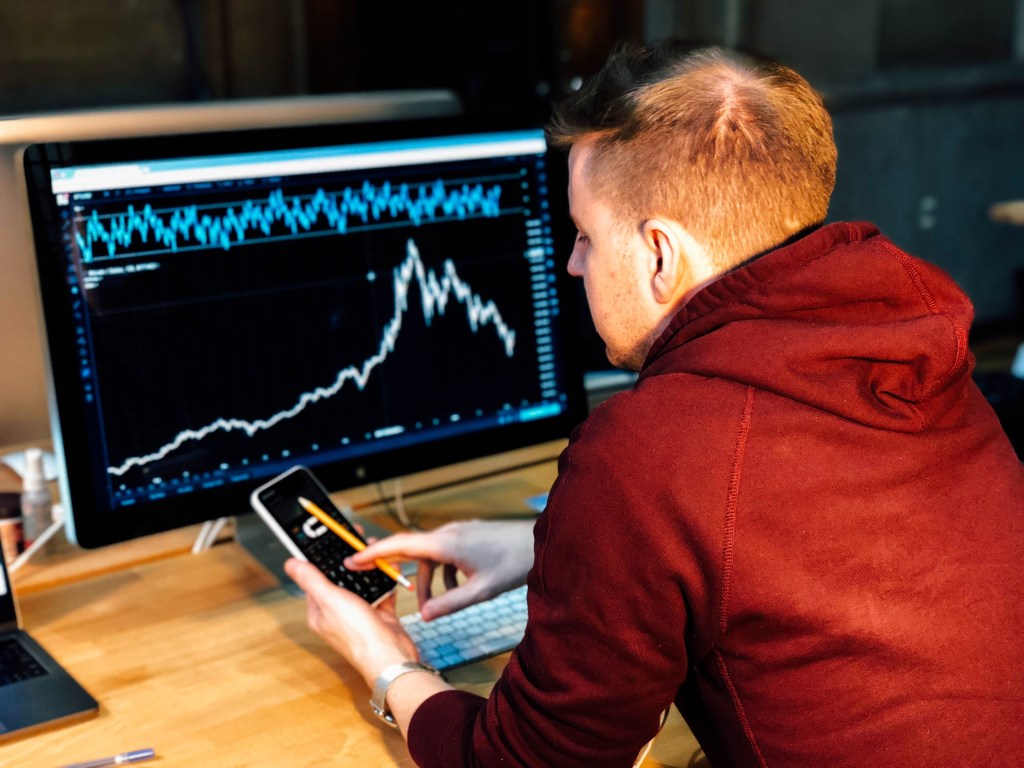Foreign exchange or Forex or FX is a buyer and seller network, where currency gets transferred between one another at an approved price. You can even consider it as currency conversion as you may have experienced traveling abroad. Currency exchange is done for logical reasons, but mostly to earn profits. Daily currency conversions of specific currencies cause extreme volatility in their prices. Volatility attracts worldwide traders with the hope to earn high profits, but their risks also increase.
How simple is Fx trading?
In theory, buying and holding a specific currency amount for some time until exchange rates fluctuate and selling it a profit sounds simple. In reality, it is a little complex. There are many variables you need to consider like contracts for differences, spread betting, deposits, offer prices, and margin options. You can open a Forex demo account on adss.com for free before committing live trade. You get to practice the different variables and options as well as understand trading strategies from the material available on ADSS.
How do currency markets function?
Forex trading is a direct exchange between the OTC market, which is operated by worldwide banks and spread across main trading centers of different time zone including NY, London, Tokyo, and Sydney]. It is not centralized, so you can gain access 24 hours daily.
- Spot forex market
- Forward forex market
- Future forex market
Forex pair – Base vs. quote currency
Forex pair list will include the base and quote currency, for example – EUR/USD. EUR is the first or base currency, while USD is the second or quote currency. Forex pair price means how much a base currency unit is worth the quote currency. Every currency has a 3-letter code, where the first two letters represent the country and the last symbolizes the currency itself.
EUR/USD = 1.0916/1.0918
One euro is more than one dollar. If you assume the base [euro] currency will possibly increase against dollar [quote] currency then buy this pair by going long. In case, you feel the base currency will weaken then sell this pair going short.
Fx pairs are categorized
- Major pairs – EUR/USD, GBP/USD, AUD/USD, USD/JPY, USD/CAD, USD/CHF
- Minor pairs – EUR/CHF, EUR/GBP, GBP/JPY
- Exotics – USD/PLN, EUR/CZK, GBP/MXN
- Regional pairs – AUD/NZD, EUR/NOK
Leveraged vs. unleveraged products
- Leveraged products allow you to enter a position with a low percentage of the trade’s full value. Alternatively, unleveraged products mean you own the asset and so need to pay the full value.
- In leveraged products, you trade on assumptions whether the assets price will rise or fall.
- A leveraged product means huge profits as well as significant losses if your assumption is wrong.
Terminology and jargons
Spread – It is the difference between buying and selling prices of forex pair quoted. [Ask price minus the bid price is equal to spread]
A lot – Lots means trading large batches of currencies.
Margin – It describes the deposit to be made to open a leveraged position. Margin needs depend on the trade size and the broker.
Pip – It is a unit that measures the fx pair movement. It is usually in the fourth decimal place.
When you look for an online Forex trading platform ADSS is great! Remember, even if the bid-ask prices are small profits can significantly add up. If the trading volume is large, then a small spread even causes huge losses.





